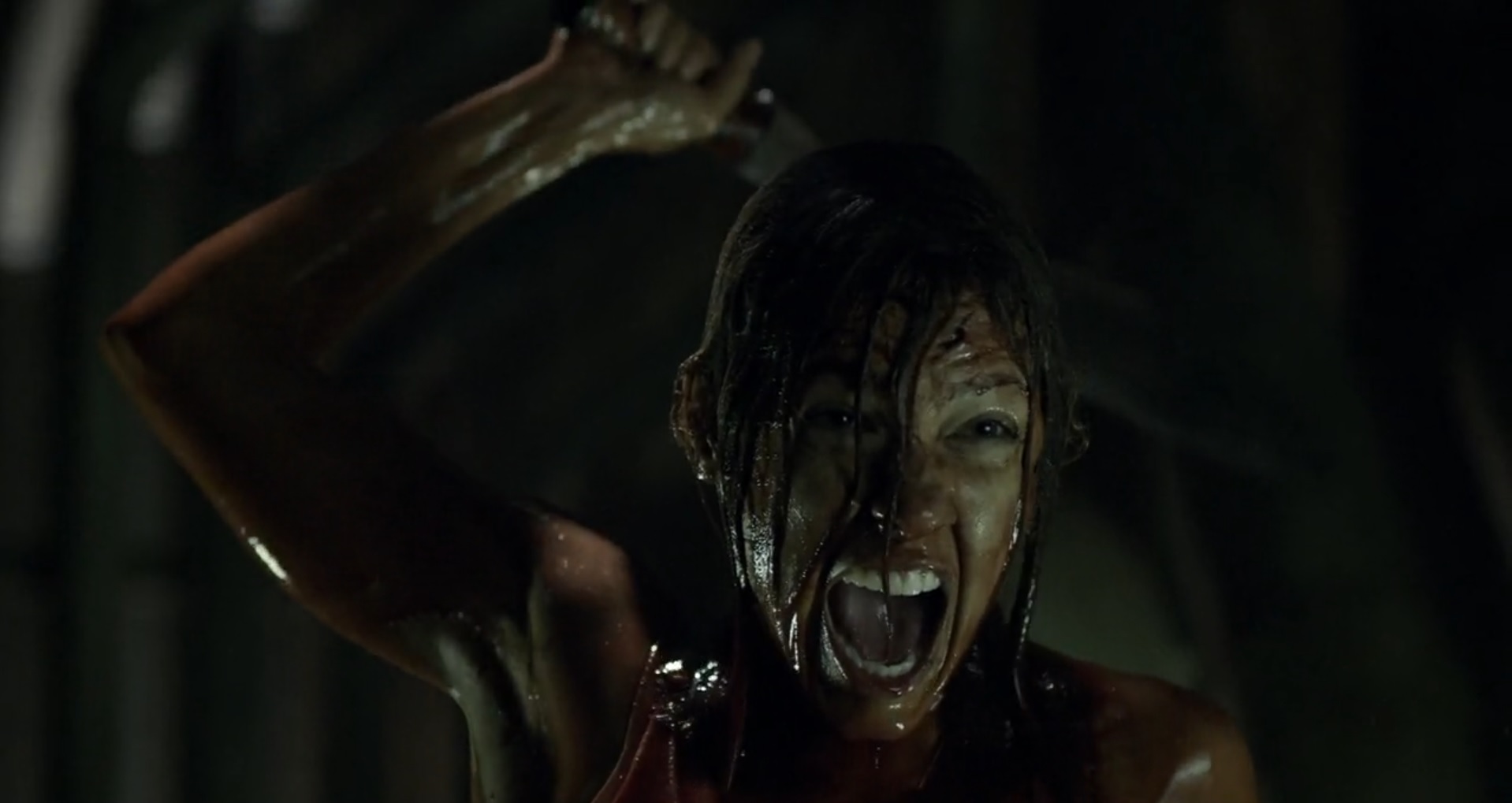
Sucking dry its predecessor’s persisting legacy as one of the preeminent vampire movies of the 21st century, 30 Days of Night: Dark Days forces a change of pace and goes kaput in delivering an equal or even ranging proximity with the first installment. Withdrawing from the first film’s zealous efforts just to push a sequel, even if it’s severely half-baked, causes the downfall of its cinematic legacy.
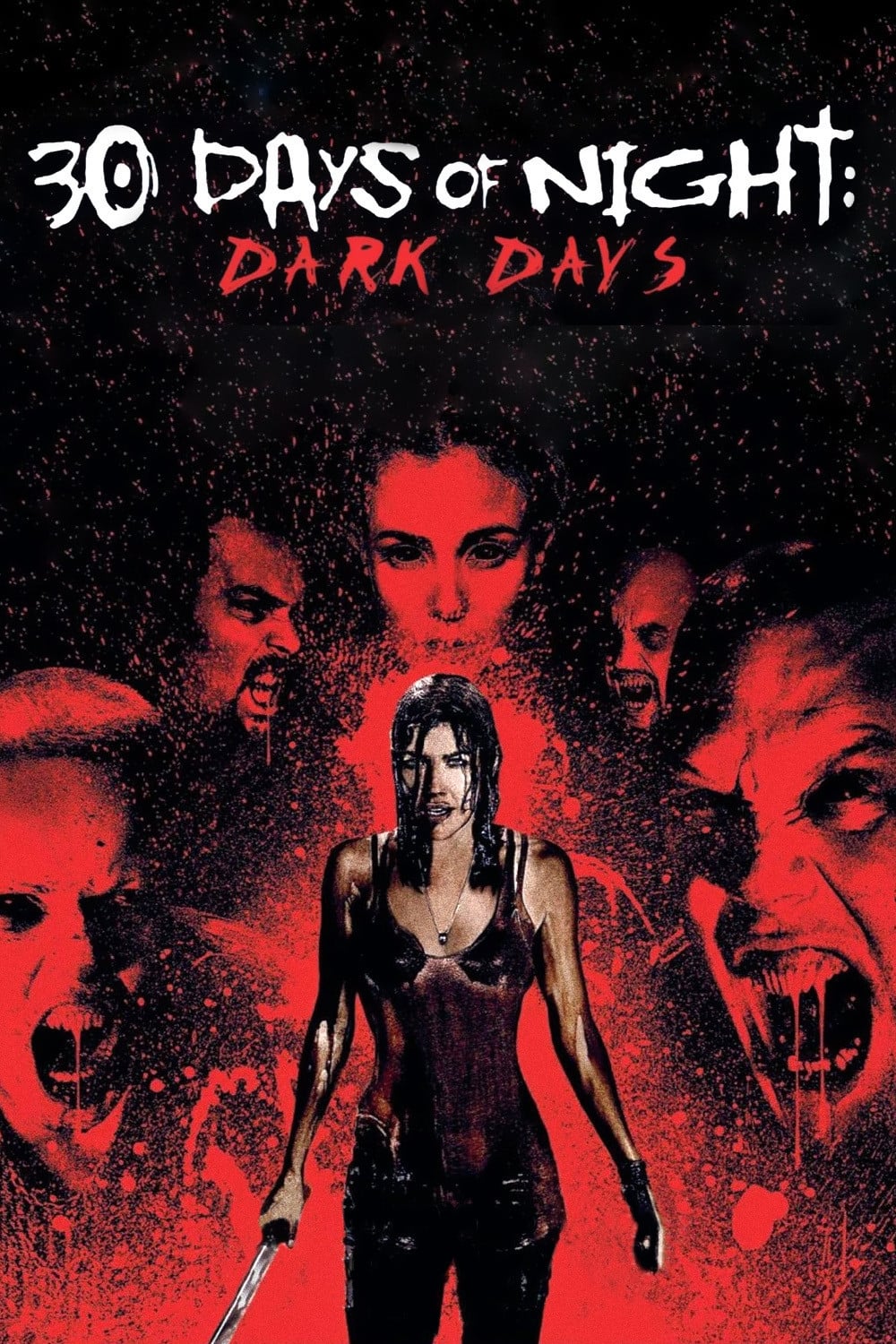
The film took off after the tragic events in Barrow, Alaska. After surviving the carnage in the Alaskan town, Stella Oleson, in order to avenge the death of her husband, relocates to Los Angeles, where she purposely draws the attention of the local vampire community to get even. The premise alone detaches itself from what makes the 2007 vampire film unique. The first film is utterly exceptional because of the setting, where the town is plunged into a nightless month and is forced to cling to life after being invaded by vicious vampires set out for a blood-drinking orgy. While the latter synopsis lives up to its title, the former eliminates the essence of it.
Maybe the creative difference is culpable here, as David Slade steps down from the directing chair and Ben Ketai takes the mantle. The difference is most glaring in the choice of environment, as Slade’s film materializes on the cold and hopeless town remotely settled as if he takes advantage of its detachment from civilization and makes it one of the film’s intricacies. Ketai’s, on the other hand, takes place in a well-known city, which is Los Angeles. A sense of familiarity for the viewers is its sheer strength, but not utilized nor realized as the film progresses. What makes Ketai’s futile is how its backdrop did not contribute to the emotion or even the thickening of its plot, crippling one of the original film’s outstanding features. From here, the negligence on details starts to unveil.
Another creative difference lies in the effort of the cinematography. While the first one is utterly well-photographed, this film seems to settle on mediocracy. It does not possess a single, impressive frame that will somehow measure up to the footprints of the first film. But what seems obvious is that Dark Days relentlessly uses two elegantly executed scenes from its forerunner, serving as the sequel’s commemoration of the original through Stella’s recollections of the tragic event. However, they come as cheap homage because only one of the two scenes substantiates the internal turmoil of Stella. And to be exact, that particular scene does not even memorialize the first scene because it is reproduced to fit the change of actors, stripping the quality of the original. Even presenting the glorious aerial shot from the first film in Stella’s recollections is not enough to save its uninspired shots. Instead, flashing it only reveals its dearth of grit and motivation.
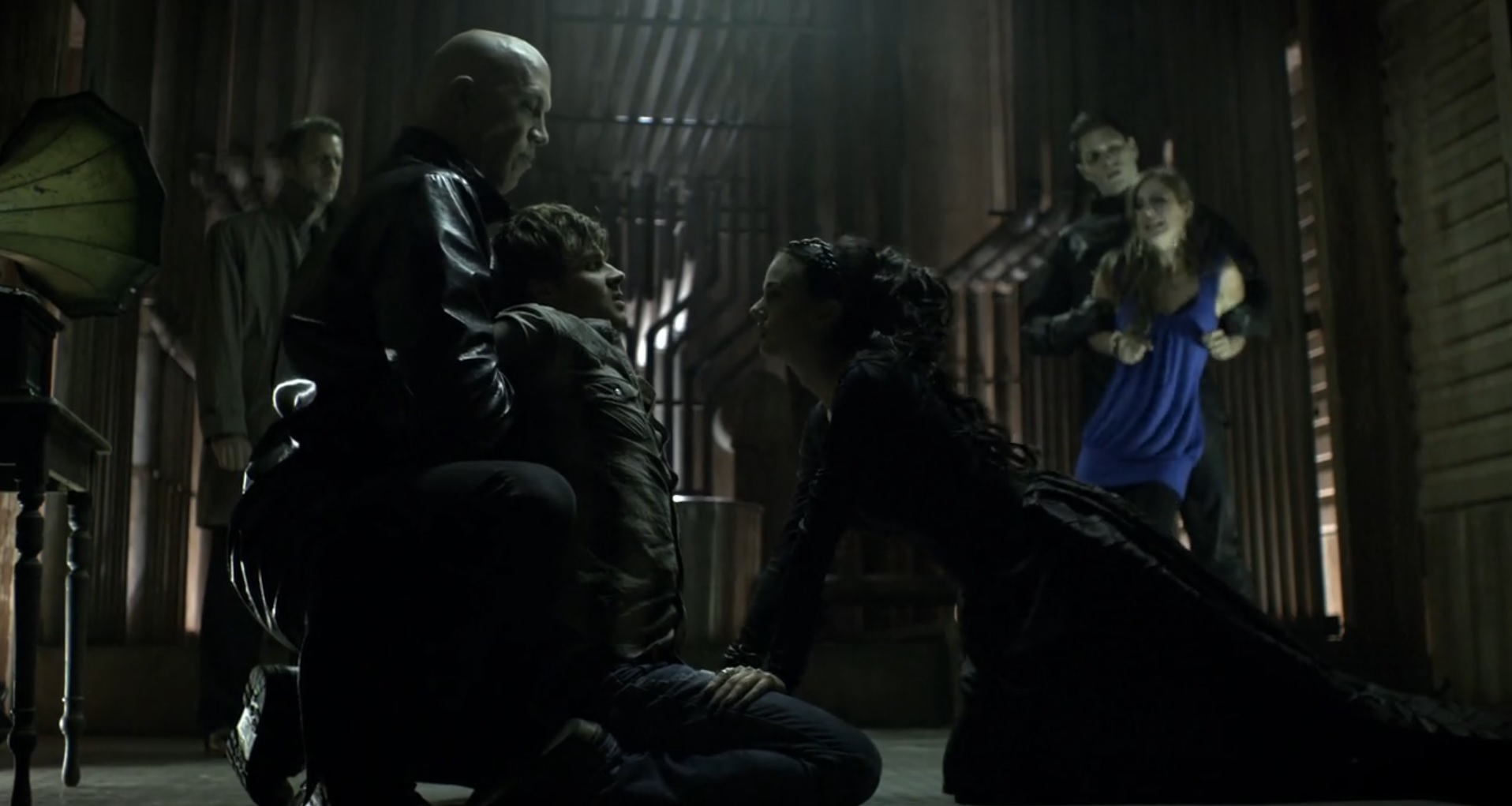
There is also the disparity in tone, as this film comes off more bland and unemotional than the former. Its precursor’s precise incorporations of color, sound, and lighting triumphantly established the depressing mood it wants to institute. This film, however, fails to establish a rooted atmosphere and is obviously confused about whether it strives to express Stella’s PTSD, the looming vampiric aberration, or none of the above. Nonetheless, the film did not have a stable framework, to begin with, so there’s nothing for the film to utilize or maximize.
The characters are probably the jutting piece of its complete ruination. Fans and the general viewers who loved the first film acknowledge that the villain is one of its greatest feats. However, the villain in Dark Days is less scary, and the least interesting bit of the whole film. We get to see a Lilith, the vampire leader inspired by Elizabeth Bathory, a 16th and 17th-century countess, who bathed in the blood of all young girls she had tortured and killed in an attempt to retain her youth. Unlike the influence, Lilith never sparked an interest in the whole film. She never had her menacing moment, a memorable dialogue, nor an imposing demeanor that would have amped the horror. In reality, her character feels coerced from the beginning as the original film suggests that the Danny Huston-led clan acts on its own, without a hint of an underground leader pulling the strings. What’s worse is that she outlandishly personifies the renowned romanticized depiction of vampires – something the original film tried to depart from. She’s not the only victim of the film’s debuffing because all vampires are stripped of their monstrous facades and turned into leather-sporting edgy cloak-and-daggers that are compelled to fit in the city.
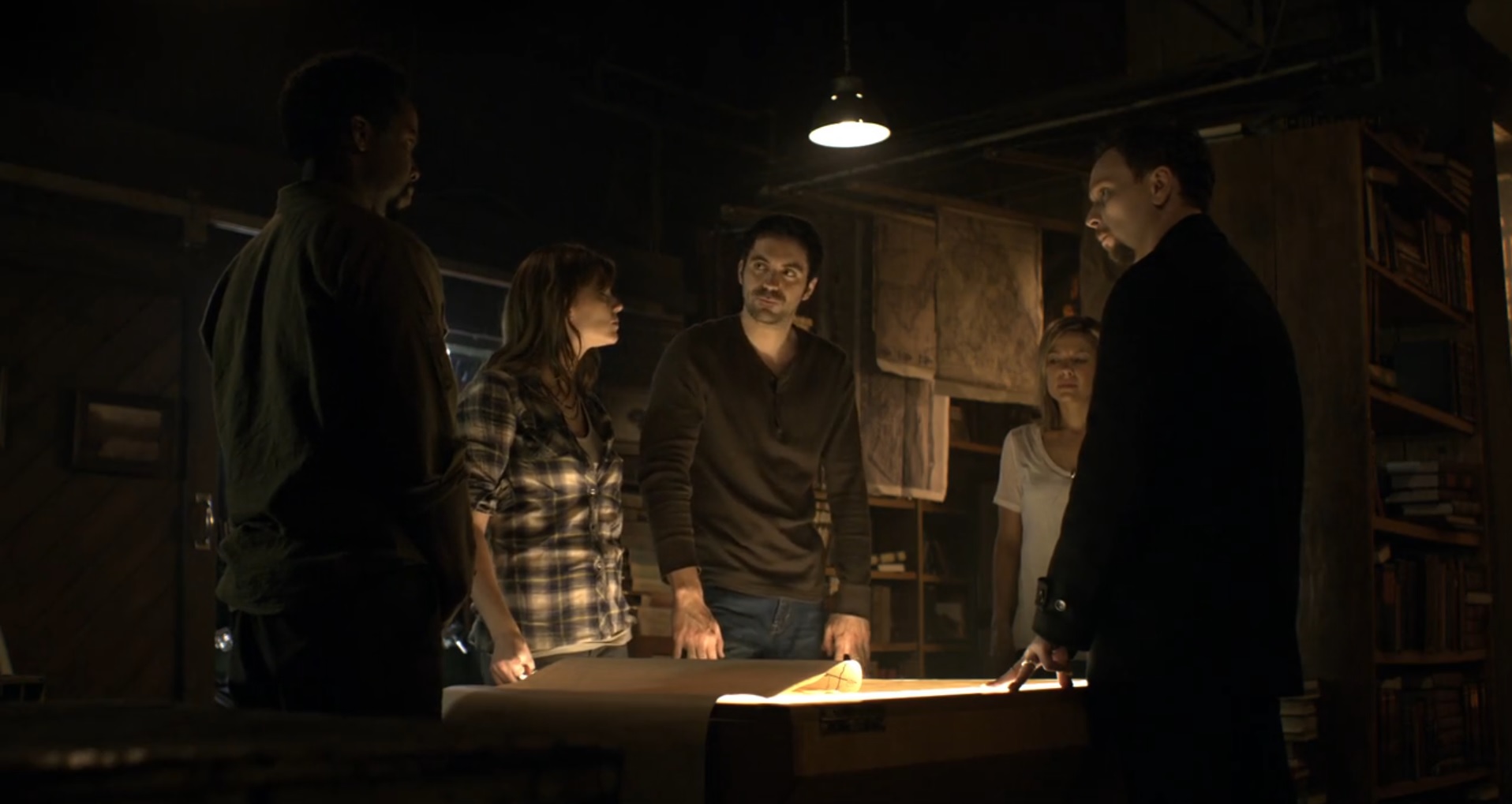
As for the main characters, there’s nothing to say actually. All of them are weak and dull, including Stella, whose character added emotion and appeal to the original film. Although the change of actress seems to exasperate at some point, since they embody different auras and representations of the character, Kiele Sanchez is a good fit for a stoic woman looking for revenge. And yet, her story with her husband is still not fleshed out like the first film. Even her flashbacks, which should have contributed to the illumination of their deeply-rooted relationship, are not utilized to establish her character. Her intentions are all over the place, and though she is the prime bearer of the film, we only know a little about her. She ebbs and flows, and the strong-suited, empathic Stella we once knew becomes a topsy-turvy, stolid woman. Her companions are also uninteresting, and they bring nothing to the table. They are victims, but we never feel for them. In the end, they are all just mere fillers to create this pretentious notion that there is an all-out war between vampires and men, but in reality, this plot is feigned to green-light a poorly developed sequel.
Nothing beats the original, they say. If this film has one redeeming moment, it will be when Stella turns on the UV lights in the auditorium to burn the disguised vampires. However, its shock quality diminishes when you realize that Stella and her team could have been victorious in their assault on the vampire den if they used the UV lights instead of guns and explosives. Aside from this, the only thing that would keep you watching is the idea of finishing the saga, nothing else.
More Film Reviews
Post Mortem (2020), Hungary’s first horror movie of international acclaim, is one of the best ghost stories I’ve ever watched. With scenes that rival Frances Ford Coppola’s ability to create… Ari Aster. Jordan Peele. Robert Eggers. These modern-day directors have transformed and elevated current horror trends by pouring clear passion, love, and vision into each film. Danny and Michael Philippou’s… Mexico Barbaro II is a 2017 horror anthology film, with segments written and directed by Diego Cohen, Christian Cueva, Ricardo Farias, Adrian Garcia Bogliano, Michelle Garza Cervera, Carlos Meléndez, Alfredo… My Mother’s Eyes is a 2023 Japanese science fiction psychological thriller, written and directed by Takeshi Kushida. No stranger behind the camera, Kushida is also the creative mind behind the… The 17-volume horror manga Karadasagashi (Shōnen Jump+, 2014-17) began life as a web novel of the same name. With a story from Welzard and art by Katsutoshi Murase, it concerns… Anx and Cass are on opposite ends of the scale when it comes to personality. Anx is overly cautious while Cass grabs life by the balls and makes the most…Post Mortem (2020) Film Review – Hungary’s International Breakthrough
Talk to Me (2023) Film Review: Psychological Possession Packs a Punch
Mexico Barbaro II (2017) Film Review – A Grisly Romp South of the Boarder
My Mother’s Eyes (2023) Film Review – Beyond Sanity [FrightFest]
Re/Member (2022) Film Review | Body Search
Else (2024) Film Review – Dissolving into the Infinite Unknown [Fantastic Fest]

I am a 4th year Journalism student from the Polytechnic University of the Philipines and an aspiring Filmmaker. I fancy found footage, home invasions, and gore films. Randomly unearthing good films is my third favorite thing in life. The second and first are suspending disbelief and dozing off.

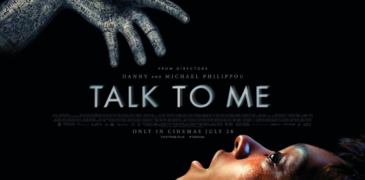
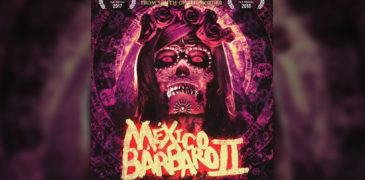
![My Mother’s Eyes (2023) Film Review – Beyond Sanity [FrightFest]](https://www.grimoireofhorror.com/wp-content/uploads/2023/07/My-Mothers-Eyes-cover-photo-365x180.jpg)
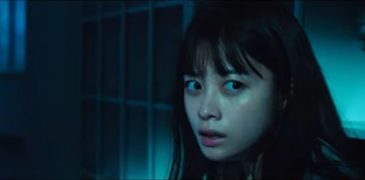
![Else (2024) Film Review – Dissolving into the Infinite Unknown [Fantastic Fest]](https://www.grimoireofhorror.com/wp-content/uploads/2024/09/Else-cover-365x180.jpg)